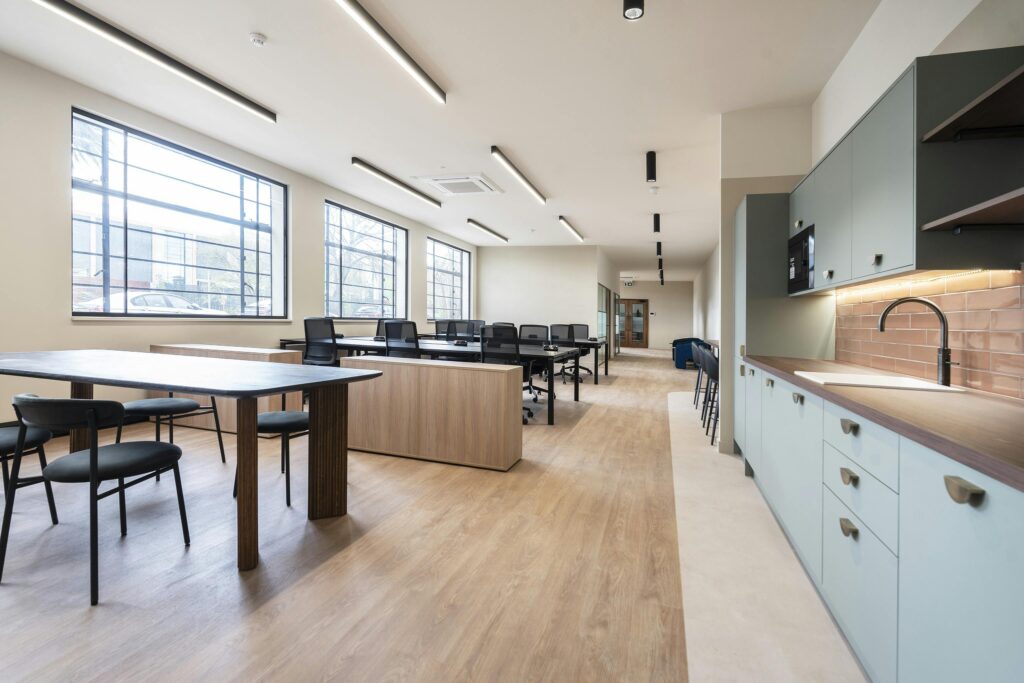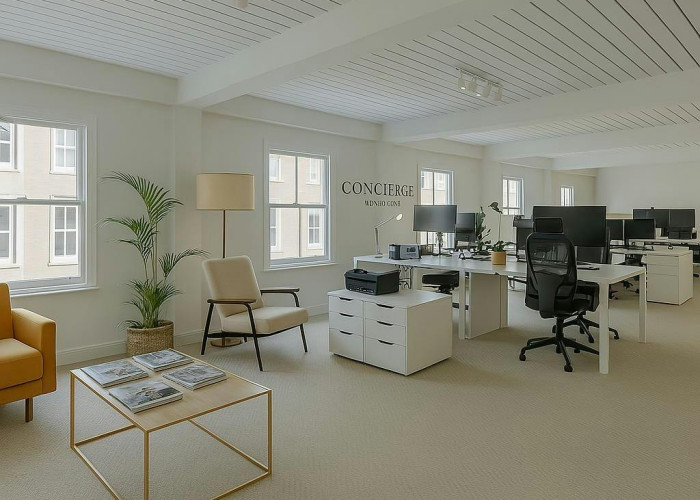Yes, you can add things to your rented office, but you need landlord consent for most modifications. Most commercial leases allow minor alterations but require written permission for significant installations like air conditioning or gym facilities.
| Modification Type | Landlord Consent | Planning Permission | Building Regs |
|---|---|---|---|
| Air Conditioning | Required | Possibly | Yes |
| Internal Gym | Required | Unlikely | Possibly |
| Partitioning | Required | No | Possibly |
| External Signage | Required | Yes | No |
What Lease Alterations Are Allowed in Rented Offices?
Most lease alterations are allowed with proper consent, but you must check your ‘alienation and alterations’ clause first. This section outlines what’s permitted and what approval process you must follow.
Standard commercial leases typically distinguish between:
- ‘Permitted alterations’ that need consent but are generally allowed
- ‘Prohibited alterations’ that aren’t permitted under any circumstances
- Pre-approved modifications listed in a schedule
Some leases include specific provisions for modern workplace needs like flexible partitioning or technology installations.
What’s the Difference Between Minor and Major Office Alterations?
Minor alterations are removable fixtures and cosmetic changes, whilst major alterations involve permanent installations or building system modifications. The difference determines consent requirements and costs.
Examples of minor alterations:
- Furniture and removable fixtures
- Wall-mounted screens and whiteboards
- Temporary partitioning systems
- Decorative changes like paint or carpets
Major alterations include air conditioning installation, structural gym modifications, permanent partitioning, and changes affecting fire safety systems.
Do You Need Planning Permission for Office Changes?
No, most internal modifications don’t need planning permission. However, external alterations, signage, or changes affecting the building’s appearance typically do require planning consent.
Research indicates that 42% of commercial property applications face delays due to inadequate preparation of planning documentation. Internal improvements like gyms or meeting rooms rarely need planning consent unless they involve structural changes.
Consult your local council early if you’re unsure, particularly for installations that might affect neighbouring properties or building services.
Who Pays for Office Modifications and Removal Costs?
You pay for everything – installation, maintenance, and removal costs are typically the tenant’s responsibility. Your lease specifies whether installations must be removed at lease end or can remain as improvements.
Cost considerations include:
- Initial installation and professional fees
- Ongoing maintenance and insurance implications
- Potential removal costs at lease termination
- Building regulation compliance expenses
Some landlords contribute towards energy-efficient improvements or disabled access installations that add property value.
What Happens If You Make Unauthorised Office Changes?
You’ll face immediate removal demands and potential lease termination. Unauthorised alterations breach your lease terms and can result in serious legal and financial consequences.
The average cost of rectifying unauthorised commercial property alterations reaches £15,000.
Consequences include:
- Immediate removal demands from landlords
- Legal action and compensation claims
- Potential lease termination proceedings
- Refusal of future modification requests
Always obtain written consent before starting any work, regardless of how minor the changes seem.
Contact us today for more information!

